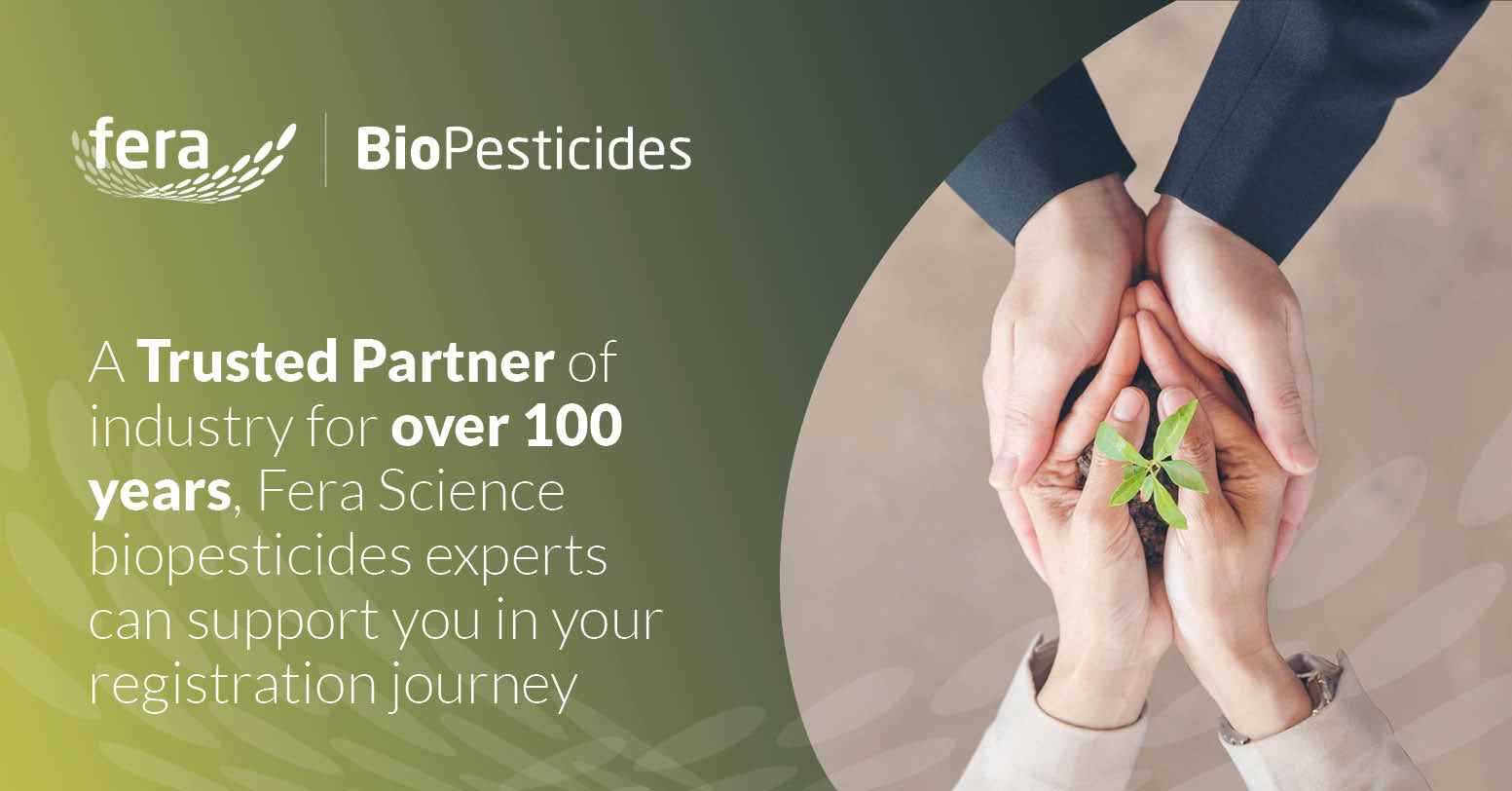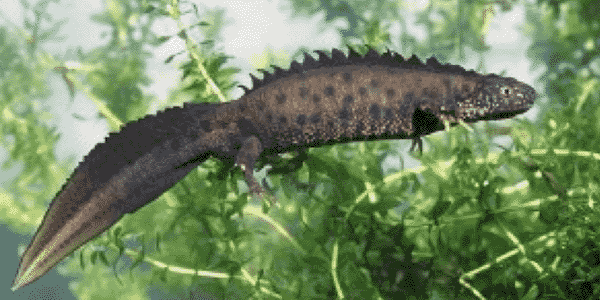In the second of this series of blogs we pick up on the topic of knowledge exchange and explore its impact on the adoption of biopesticides.
It was one of three mechanisms, IBMA Executive Director, Jennifer Lewis, recognised in her presentation titled ‘Cultivating wider adoption of biopesticides’. The first mechanism, enabling policies, was explored in our first blog , and the third, incentivising and rewarding change, will be discussed in the final of the series.
Biopesticides have huge potential. In their own right, many have proven to be highly effective tools for controlling pests or disease. But it’s our collective quest to increase the sustainability of farming that make this class of crop protection such an exciting prospect.
The challenge
Crop protection regulations were originally designed for chemicals not for biologicals. It’s taken tremendous effort from many across the sector to make progress towards effective regulatory pathways for approval but we’re now seeing countries and institutions across the globe starting to develop and implement more bespoke regulatory tests.
There’s little doubt that these changes will stimulate the innovation and investment needed to bring new effective products to market, but the work doesn’t finish there.
Farmers with just one or two crops per year, can be understandably nervous to move away from trusted conventional crop protection products. Over the years they’ve developed in-depth understanding on how to optimise efficacy, adapting their practices to ensure timely applications in suitable conditions.
Adopting biopesticides and biological control agents is more than swapping one product for another. Often biological controls are living organisms and require different approaches to optimise performance. Not least, the use of integrated pest management (IPM) which is well recognised as being an important framework for getting the most from biocontrols.
Learning from the Best: The Role of Farmer Networks
The need for knowledge exchange was one of Jennifer’s key points in her presentation and she highlighted a project which was driven and implemented by a network of curious farmers.
Crop Health North explored whether arable farming in the UK could reduce its dependence on conventional chemical fungicides and insecticides in wheat production using biological technologies.
In just three years, the trial showed that, with the use of biologicals, yields can be comparable to conventional chemicals and in some cases, the use of biocontrols increased crop quality. For growers it was very reassuring, especially as the products were designed for horticulture rather than arable production.
Crop Health North is not alone. Across the UK, there’s a wide range of farmer centric organisations all working to share their knowledge and experience of using biologicals controls – the Nature Friendly Farming Network and the Farmer Scientist Network to name just two more.
Further afield, there are networks which share learnings across national boundaries. EU funded, IPMWORKS, for example, aims to demonstrate and promote cost-effective IPM strategies through the establishment of 21 groups of demo farms in 14 countries, hosting 250 demo events and creating a unique IPM resource toolbox.
Information Is Power
While there’s no doubt that peer-to-peer learning is incredibly valuable, as a sector we’ve many other data points and sources of information.
IPM Decisions, for example, is a 5 year project that started in June 2019. Uniting 27 partners from 12 different European countries and two pan-European companies including farmers, advisors, Decision Support System (DSS) providers and researchers. The result is a customisable platform which gives users access to a large number of IPM DSS through a pan-European online platform and a community of users and stakeholders known as the ‘IPM Decisions Network’. For those farmers and crop advisors seeking to understanding pest and disease risk, as well as the impact of treatments, it’s a powerful tool.
In the next blog we’ll be exploring incentives and rewards, looking at a project in Spain as well as those being deployed here in the UK. If you would like to receive our next blog and future biopesticides updates, please click here to subscribe.
About Fera Science & Biocontrols
For over a century we’ve been delivering world-class science for our partners, for the future. With over 250 years of combined biopesticide expertise, our team of dedicated scientists are here to guide you through the evolving landscape of biopesticide regulations.
54 glasshouses, with state-of-the-art temperature-controlled facilities, growing 130,000 plants/year


under GLP environments means we’ve the tools, as well as the knowledge and experience to provide you with comprehensive support from development to registration.
We cover it all, from discovery and efficacy testing to microbiology, 5 batch analysis, contaminant and residue analysis, storage stability testing, analytical chemistry, ecotoxicology, metabolism, and environmental fate.
If you’d like to know more, please don’t hesitate to get in touch.




